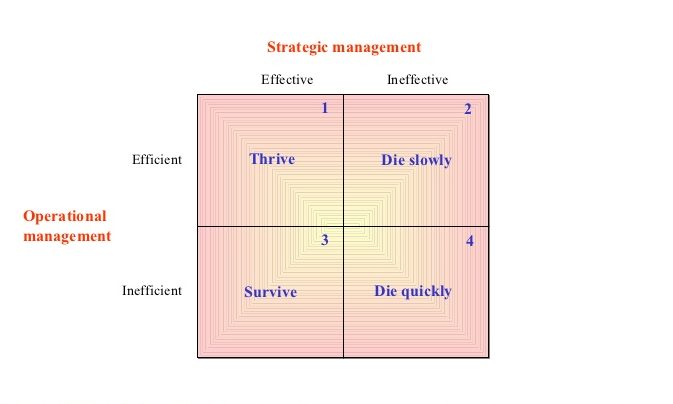The People Capability Maturity Model framework was developed by Carnegie Mellon University, Software Engineering Institute to define the organizational maturity of people processes and practices. It helps the businesses to manage knowledge workers across global borders, as well as between graying and millennial generations. It is the framework that addresses the needs of employees, their competencies and the processes that need to be in place to ensure an organization is continuously improving and able to meet business needs effectively and efficiently and ranks on a scale 1 to 5, with 5 being the highest achievable maturity level.
The People Capability Maturity Model (PCMM) is a well documented set of practices that enable growing original workforce competencies.… Read the rest





